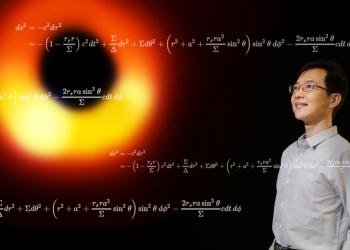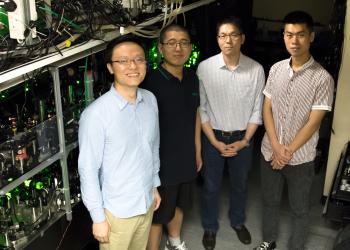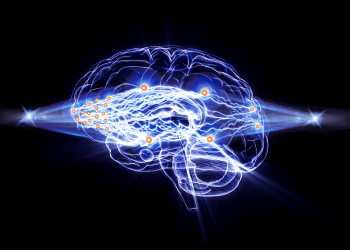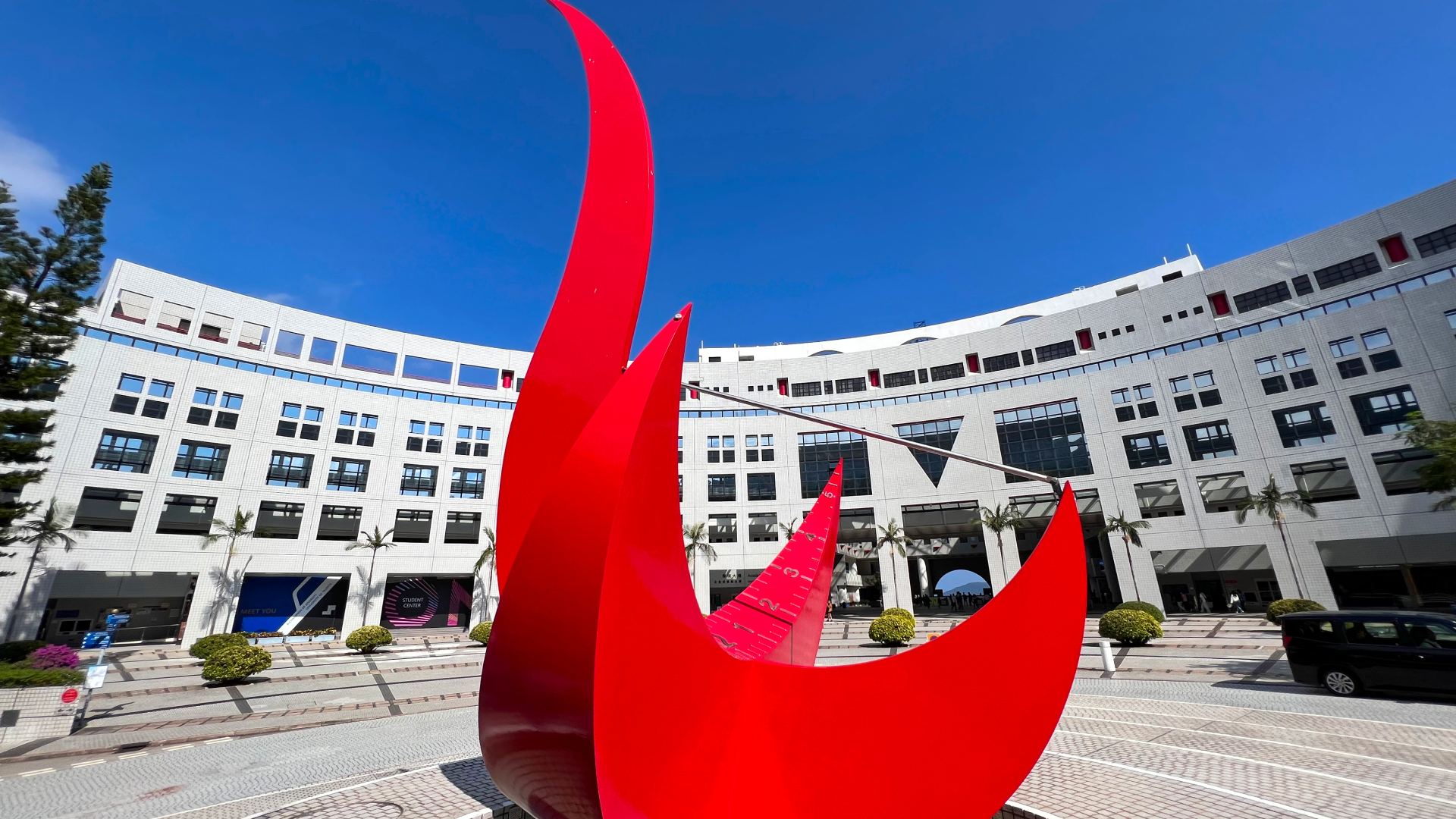News & Stories
2021

Stories
Expert Series: Into the Darkest Mystery
Sixty years ago, the whole world was gladly amazed when the first human blasted into space; over the years, hundreds of exploration missions have been deployed to extend our knowledge and understanding of the universe. Of all the space mysteries scientists still hope to solve, black holes remain the strangest and most mysterious phenomena we know so little about. After decades of effort, scientists finally reached a major milestone when they came face to face with a black hole by capturing its first-ever image in 2019, and a more detailed one earlier this year. The ground-breaking images show the supermassive black hole at the center of Messier 87, a galaxy about 54 million light-years away from Earth. The black hole's mass is equivalent to 6.5 billion suns.
2020

News
Physicists Quantum Simulate a System in which Fermions with Multiple Flavors Behave Like Bosons
Quantum simulations show that boson-like behaviours, so-called bosonization, emerge from an ensemble of fermions in three-dimensional systems, despite that bosons and fermions are governed by distinct quantum statistics.
In the text book of quantum mechanics, it was introduced that bosons and fermions, two types of elementary particles that build the universe, behave in a drastically different way. For example, bosons can share the same quantum state while fermions of the same kind cannot but fill available quantum states one by one.
News
Novel Mechanical Mechanism of Metastatic Cancer Cells in Substrates of Different Stiffness Revealed
Metastasis, the spread of cancer cells to a different body part from where it started, is considered as the most dangerous phase of cancer development. When cancer cells break away from the main tumor and enter the bloodstream or lymphatic system, they can travel to anywhere of the body, proliferate and creating a secondary tumor in a new location. It is often said that metastasis is responsible for around 90% of cancer deaths.
News
HKUST Research Team Successfully Discovers New Material Generation Mechanism for Chip Design, Quantum Computing and Noise Reduction
The research team of the Hong Kong University of Science and Technology (HKUST) has recently made important progress in the field of new materials. Combining the characteristics of two-dimensional materials and topological materials, the team has for the first time discovered a universal generation mechanism of new materials with "type-II" Dirac cones. Many extraordinary properties of the material are realized in experiments, which addressed the key issue that the material could only be obtained sporadically under stringent limits. This mechanism can guide the preparation of new two-dimensional materials that have specific directional responses to external signals such as electric fields, magnetic fields, light waves, sound waves, etc., and will provide valuable applications for modern electronic communications, quantum computing, optical communications, and even sound insulation and noise reduction materials.
2019
News
Igniting Passion for Physics
Effective STEM (Science, Technology, Engineering and Mathematics) education is a major challenge in Hong Kong’s schools and institutions, which have struggled with a lack of talent, time, and tools to support teaching, resulting from an exam-oriented culture and a staid system of learning.
As an advocate for STEM education, Prof. Philip SOU Iam-Keong from the Department of Physics believes that it is important for STEM education to not stay in its current “Mickey Mouse” format but leverage existing technology and highlight discoveries from the most recent research so students can learn new knowledge. However, he also acknowledges teachers’ immense difficulty in teaching STEM subjects as they have no time to catch up with the latest scientific and technological innovations.
“In schools, most of the teachers are too busy to engage in STEM, even though the government has allocated funds for STEM education, they are unwilling to pursue it,” comments Prof. Sou.

News
HKUST Researchers Build the World’s First All-Optical Multilayer Neural Network Paving Way for Next Generation of AI Hardware
Researchers from The Hong Kong University of Science and Technology (HKUST) have developed the world’s first all-optical neural network for deep machine learning – bringing artificial intelligence a step closer to matching human brains in tackling complex problems such as pattern recognition or risk management, and at much lower energy consumption at the speed of light.

News
Whole New Worlds in This Event Horizon
By Henry Tye and Wang Yi, Chair Professor of Physics and IAS Professor; Assistant Professor of Physics, HKUST
Scientific breakthroughs do not always make the front pages, but when an image of a black hole was released in mid-April, it became a headliner for days.
What makes this photo so fascinating? There are multiple reasons.
First, it is the first time humanity succeeded at photographing a black hole; in the past, scientists only inferred its existence from the effect black holes exert on their neighbors via its gravitational waves.
Second, this picture confirms a number of theories we have long believed about these mysterious objects.
People often ask: "How do you see a black hole?"
Thanks to the immense energy emitted by its spinning accretion disk, this cosmological wonder is actually one of the brightest objects in the universe.






